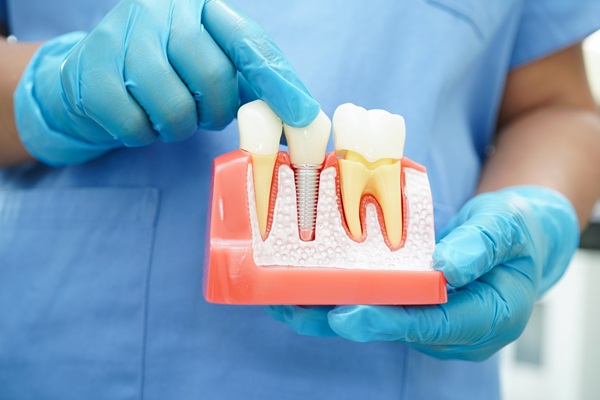An Emergency Dentist Can Help Save Your Teeth

If the services of an emergency dentist are required, it is probably due to pain. Sudden or severe pain can spell bad news when it comes to the mouth, especially if waking up in the middle of the night or on the weekend with it. Some conditions need immediate attention to stop the problem from getting worse or even spreading. Find out in what situations a dentist who practices in the off-hours can help save the mouth and teeth from further damage.
Times an emergency dentist can help
Dental emergencies, unfortunately, do not always occur during regular business hours. Even if they do, a personal dentist may not be able to rework the schedule that is typically packed for months before. What constitutes a dental emergency? Here are a couple of examples.
Knocked out tooth
Teeth are susceptible to getting knocked out in a few different ways, but sports and falls are the most common. Children and adults alike can experience this dental emergency at any time. If a tooth gets knocked out, all hope is not lost. According to the American Association of Endodontists, there is a chance that it can be re-implanted, and the quicker a person acts in getting to the dentist, the better.
Place the tooth back in the socket if possible, and if not, keep it moist in a container of milk. Get to the emergency dentist within an hour of the incident to give the tooth the best chance at being saved. The dentist will clean the socket, reposition the tooth, and use a splint to keep in in place until a regular practitioner can perform a root canal. If all goes well, the tooth will be saved.
Cracked tooth
Biting down on something hard can cause a crack in a tooth. While many times there is no pain or even knowledge that a crack has formed until the tongue finds it, other times the pain will be severe and intense. This could indicate that the crack is deep enough to have reached the nerve, which is the reason for the pain. A trip to an emergency dental clinic can help alleviate the pain. The dentist can assess the damage and prescribe medication, most likely antibiotics and pain medication. If necessary, the dentist will clean out the cracked tooth and administer antibiotics directly to the source to ensure there is no infection.
Infection under the gum
Waking up is unpleasant if there is a bubble or blister that has formed on the gum during the night. The reasons for this vary, but the result is a painful sore called an abscess. The best way to treat this condition is with antibiotics and a good cleaning of the area. Likely, bacteria slipped in through the gums or a crack in the tooth, making its way to the nerves and causing the infection. Allowing it to continue is painful and may lead to the need for a root canal or eventual tooth removal.
Conclusion
An emergency dentist can intervene and provide care when issues come up. This intervention can stop an infection and perhaps even save a tooth from being lost.
Are you considering an emergency dentist in the Staten Island area? Get more information at https://rsndental.com
Check out what others are saying about our services on Yelp: Read our Yelp reviews.
Recent Posts
The popularity of Invisalign® has grown as the treatment has proven to produce successful and positive results. Additionally, the treatment process is unlike any other. The actual process is a lot simpler than traditional approaches, and there are benefits that come with Invisalign® too. One more important part of Invisalign® treatment is the need to remain disciplined with wearing…
Implant dentistry procedures have the highest rate of success among all the options available for replacing missing teeth. The process of replacing a single missing tooth is straightforward and involves using an implant as artificial tooth roots and supporting it with a dental crown. Continue reading to learn how the process works.Regardless of the number…
In general dentistry, dental fillings are one of the most common restorative procedures performed. They are used to address the damage done to teeth, most often as a result of cavities. Continue reading to find out more!Below is a quick overview of dental fillings in general dentistry, including how they are placed and when they…
Anyone considering dental veneers should understand the details of how they work to help determine if they are candidates. These thin, shell-like pieces are a cosmetic dentistry treatment that enhances the overall appearance of the teeth. Here are the various ways that general dentists utilize veneers for their patients.Veneers are thin porcelain shells that a…


